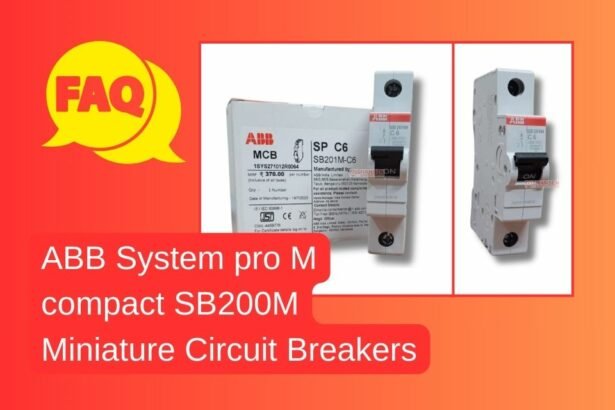Q1: What is the Eaton BZMX2E-3-AX250-S08 Molded Case Circuit Breaker?
A1: The Eaton BZMX2E-3-AX250-S08 is a 3-pole molded case circuit breaker (MCCB) rated at 250A, designed for industrial, commercial, and renewable energy applications. It offers overload and short-circuit protection with high breaking capacity up to 36.5 kA.
Q2: What are the main applications for this MCCB?
A2: This MCCB is ideal for power distribution, motor protection, and solar installations where high interrupting capacity and reliable protection are essential.
Q3: What trip unit options are available for the Eaton BZMX2E series?
A3: The BZMX2E series offers both thermal-magnetic and microprocessor-based (LSI/LSIG) trip units. The microprocessor versions provide advanced features such as adjustable tripping thresholds, pre-alarms, and overload indicators.
Q4: Can the Eaton BZMX2E-3-AX250-S08 be used in solar power systems?
A4: Yes. Its high breaking capacity and reliable protection features make it well-suited for solar PV installations and other renewable energy projects.
Q5: What is the breaking capacity of this MCCB?
A5: Depending on the application, the Eaton BZMX2E-3-AX250-S08 can interrupt fault currents of 15 kA or 36.5 kA.
Q6: Is this MCCB compliant with international safety standards?
A6: Yes, Eaton MCCBs, including the BZMX2E-3-AX250-S08, are manufactured in compliance with IEC standards, ensuring reliable performance and safety.
Q7: Where can I buy the Eaton BZMX2E-3-AX250-S08 in India?
A7: You can purchase it through authorized Eaton distributors, electrical equipment suppliers, or directly from vendors like Shansen Enterprises.




